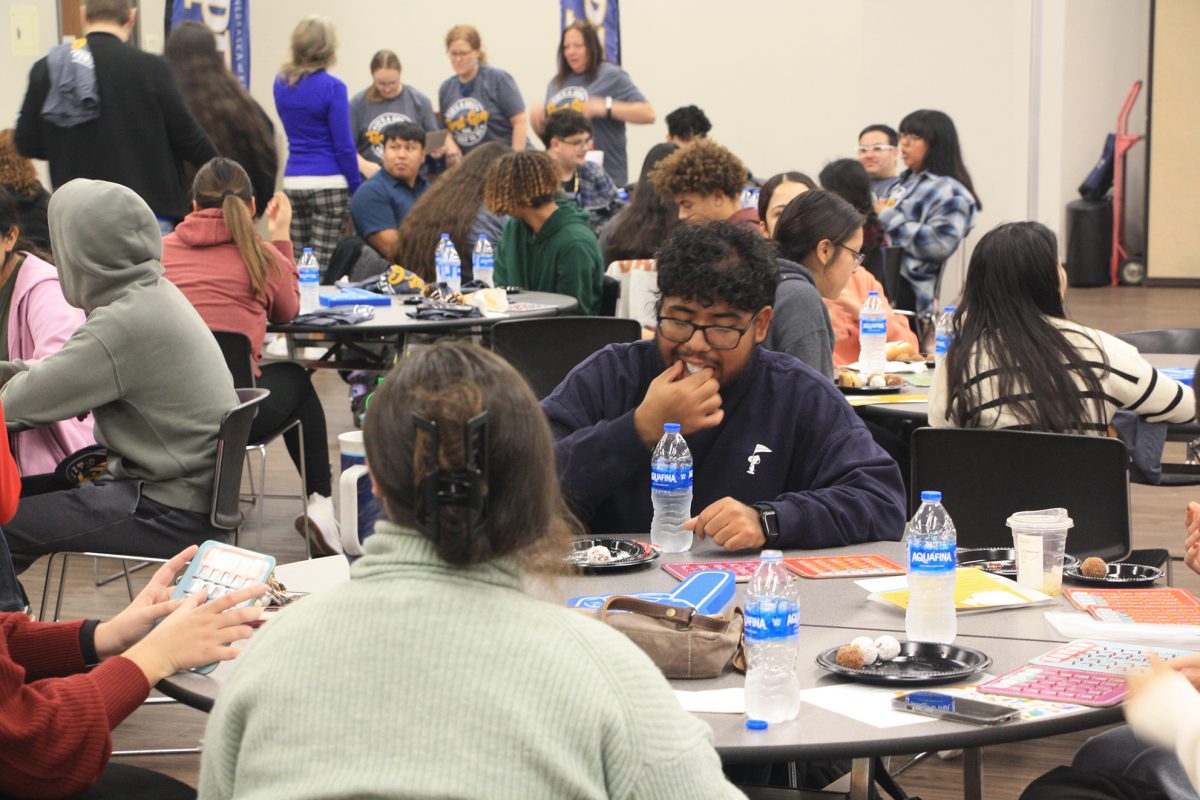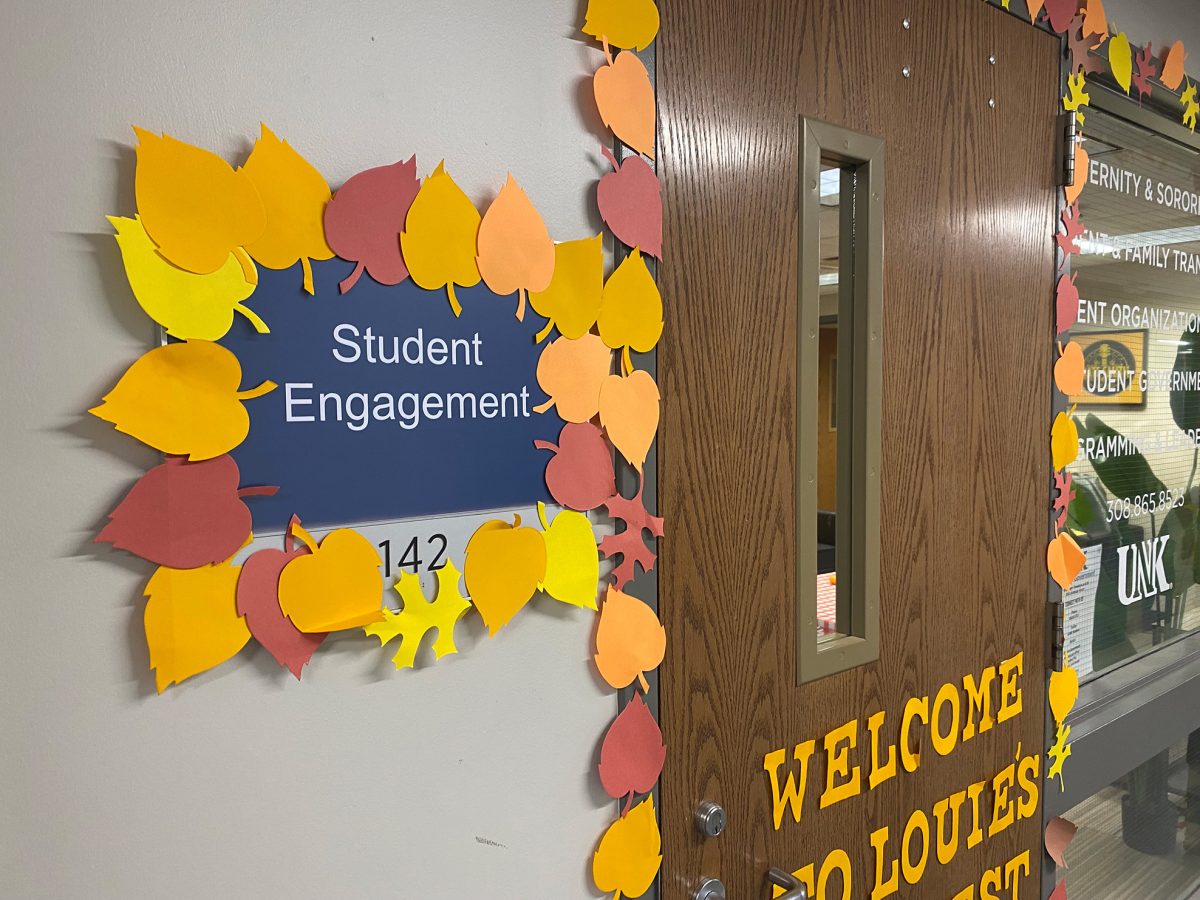
Antelope Staff
With college sports becoming a roaring business in the Unites States, there are currently around 500,000 student-athletes competing in the National Collegiate Athletic Association. About 17,000 of these student athletes are foreign-born.
With excitement for a new challenge but questioning how to adapt, high school graduate students from all over the world decide to leave everything behind them and get into a new journey that will change their lives forever.
Other parts of the world do not offer college sports to students. This means that once high school ends, student athletes have to choose between attending college and getting an academic degree or becoming a professional athlete. The combination of the two does not exist outside of the United States.
The reality of sports means no successful future is guaranteed. There are so many aspects of a professional athlete’s life that can go wrong and no tomorrow is assured. For these aspiring athletes, the motivation to go out and explore the world comes from the desire to continue both athletic and academic pursuits. Therefore, having the chance to study abroad without paying a penny while playing a sport the athlete loves is an opportunity that should not be ignored.
International student athletes’ recruiting processes are basically the same as any athlete from the United States would go through.
As coaches receive videos of the athletes performing, they look up different statistics of the athlete and communicate with the athlete through email, phone calls and Skype.
The coach provides all different kinds of information about the school and if the coaching staff is interested in the athlete, a scholarship offer is made.
International student-athletes have to provide extra academic documents besides a high school GPA. Passing scores on the Scholastic Aptitude Test (SAT) and on the Test of English as a Foreign Language (TOEFL) are required to meet both the university and the NCAA standards. International athletes also have to apply for student visas and renew them annually to avoid deportation.
The one thing teams and universities must address when dealing with an international student-athlete is problems with cultural adjustment. This cultural adjustment is reflected in both sides of the team.
“With excitement for a new challenge but questioning how to adapt, high school graduate students from all over the world decide to leave everything behind them and get into a new journey that will change their lives forever.” -Paula Jimenez
For example, on the University of Nebraska at Kearney tennis team, there are currently 10 international student-athletes out of the 17 players total. For the United States-born players, it definitely is an adjustment spending so many hours with teammates that are from all around the world. How cool of an adjustment is this, right?
Creating a strong team bond early in the semester is crucial for making international student-athletes feel at home. These athletes are far away from their families and friends and all they share in common at first is a passion for a shared sport. Having strong relationships with their teammates is the easiest way for foreign-born athletes to quickly feel comfortable in their new environment.
There are so many advantages of having a diverse college team. International student athletes bring so much more to the table than just talent. The culture shared with others and the tolerance athletes learn to have towards their teammates, ignoring what they look like, their color, or their beliefs, creates a unique unity between these athletes. Your teammates become not only your best friends, but also your family. A diverse college team creates a lifelong bond that will forever change the way these athletes understand and appreciate relationships.




































